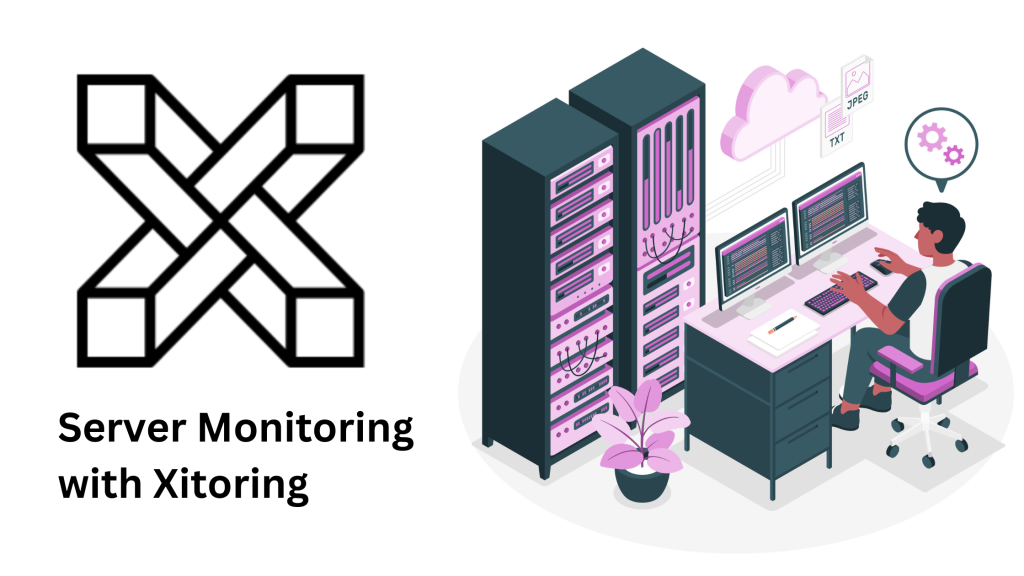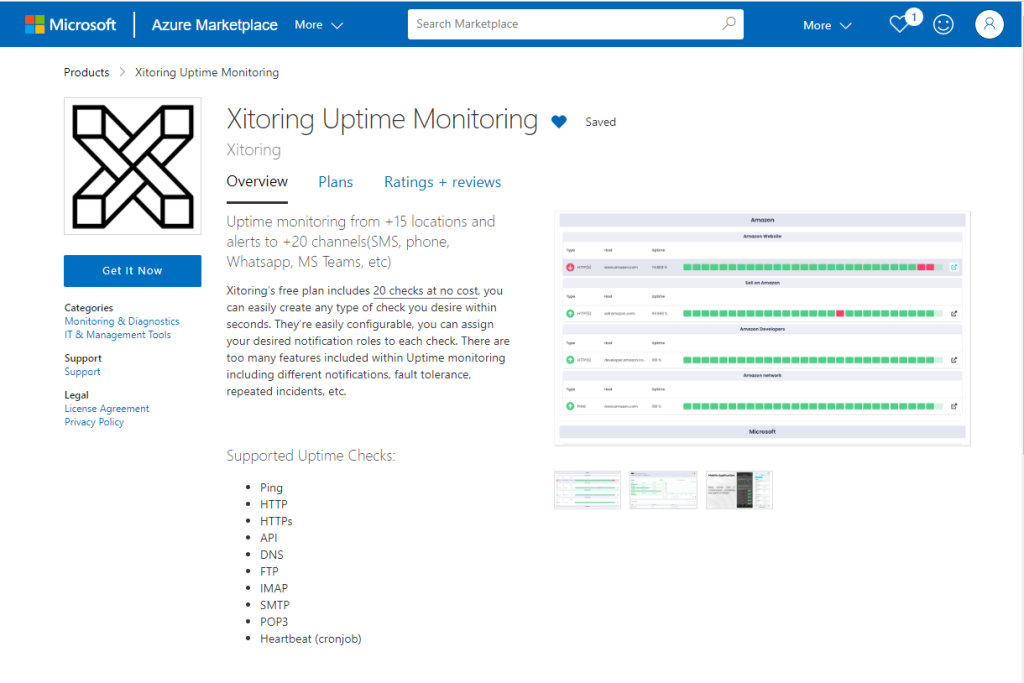In today’s data-driven world, time-series data is the lifeblood of countless applications, from IoT devices and real-time analytics to financial trading platforms and application performance monitoring. At the heart of many of these systems lies InfluxDB, a powerful, open-source time-series database celebrated for its speed and efficiency in handling high volumes of time-stamped data. But like any high-performance engine, InfluxDB requires careful attention and tuning to operate at its peak. This is where monitoring becomes not just a best practice, but a critical necessity.
In this comprehensive guide, we will explore the ins and outs of InfluxDB performance monitoring. We’ll delve into why it’s crucial, what key metrics you need to track, and how a specialized monitoring solution like Xitoring can empower you to move from reactive troubleshooting to proactive optimization.


